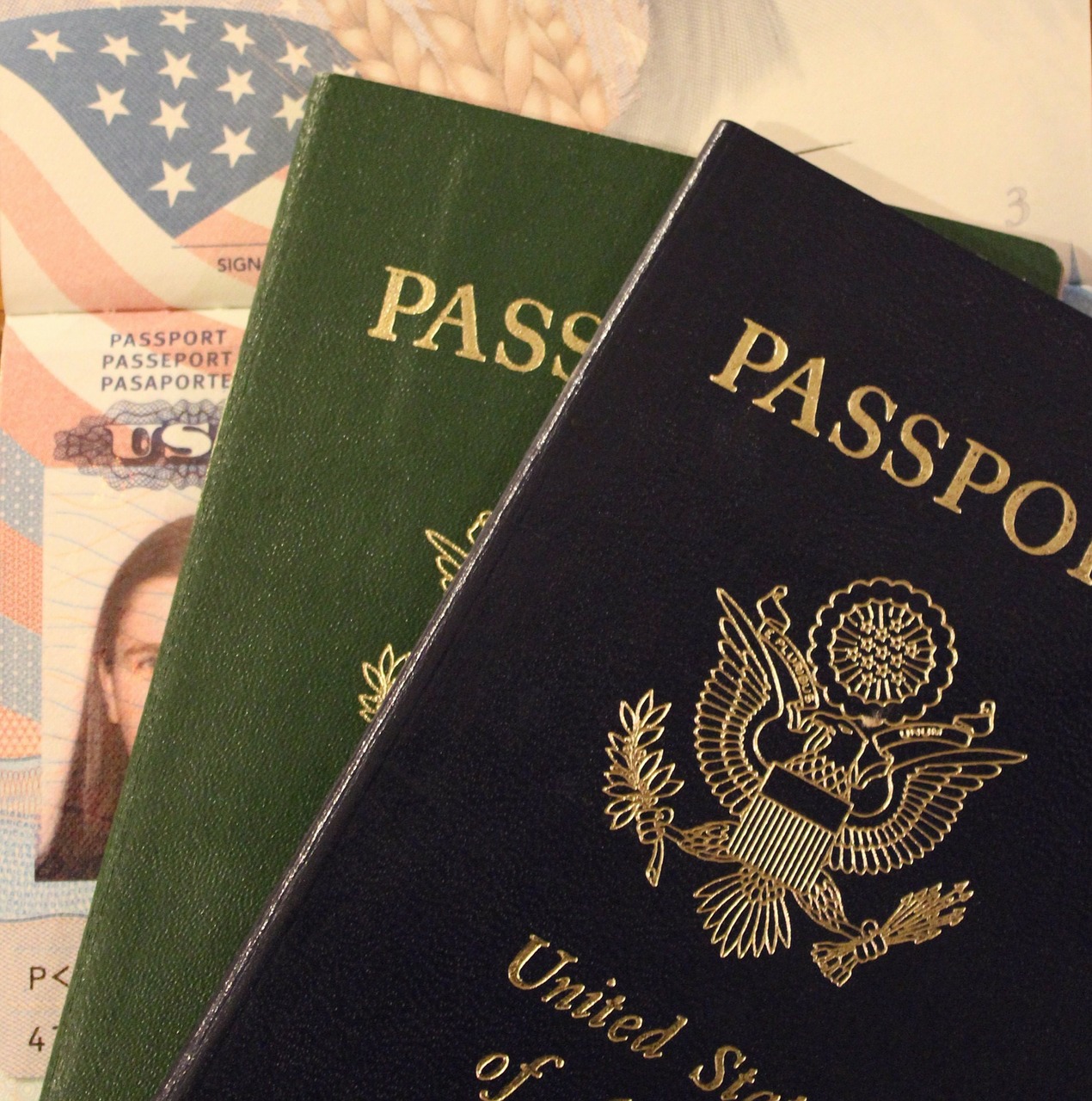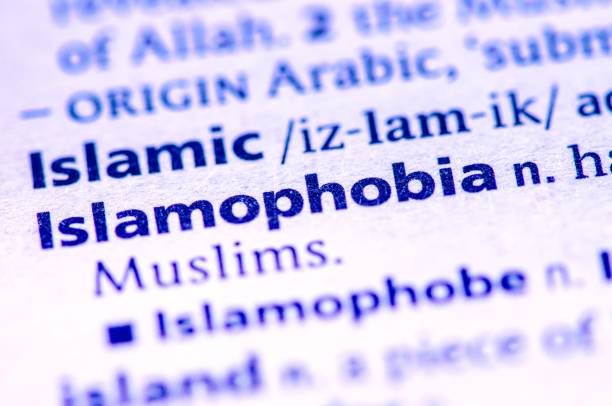Tucked into the corner of a series of industrial parks in West Valley City, the Khadeeja Islamic Center’s golden dome and minaret might strike some passersby as out of place, even foreign to this American suburb where the dominant architectural features are grey box stores and white church steeples.
To be sure, the Islamic Center exterior looks arabesque. Completed in 2002, the mosque “was built to face Mecca” in Saudi Arabia, the center of the Islamic world, explains Muhammed Shoayb Mehtar, the imam who leads the thriving Islamic Center of Greater Salt Lake whose main gathering place is the Khadeeja mosque in West Valley City.
Yet what goes on inside the mosque is just as much Middle America as it is Middle East. The several hundred Muslims who gather here each Friday — the Muslim holy day — come together to worship, pray and socialize with their fellow believers, not unlike churchgoers and other believers across the country.
The Khadeeja Islamic Center also serves as an important gateway into American culture for this very international community, whose regular attendees hail from 30 to 35 different countries. Hundreds of African American, Asian, Middle Eastern, as well as blond-haired, blue-eyed Muslims entered the mosque’s front door, removed their shoes and performed the “wudu”— the ceremonial washing of hands, arms and face. They then sat on the mosque’s carpeted floor, “because we believe in equality in Islam,” explained Tariq Nossier, a former president of the Islamic Society of Greater Salt Lake who now greets visitors at the mosque’s entrance. In dress as varied as their ethnic make-up — seersucker suits and ties, long white cloaks, even a Chicago Bulls basketball jersey and jeans — the community faced the mihrab, the niche at the center of the mosque’s eastern wall indicating the direction of Mecca.






